Imagine having raced 3,500 kilometers around France over 21 days against the world’s finest professional racers only to reach the final stage in Paris, where a mere 8 seconds will decide who wears the Yellow Jersey on the podium. Tissot invited us to the Grand Depart of the 2017 edition, giving us an exclusive insight into this crazy time capsule, making us realise how complex the chase for milliseconds can be.
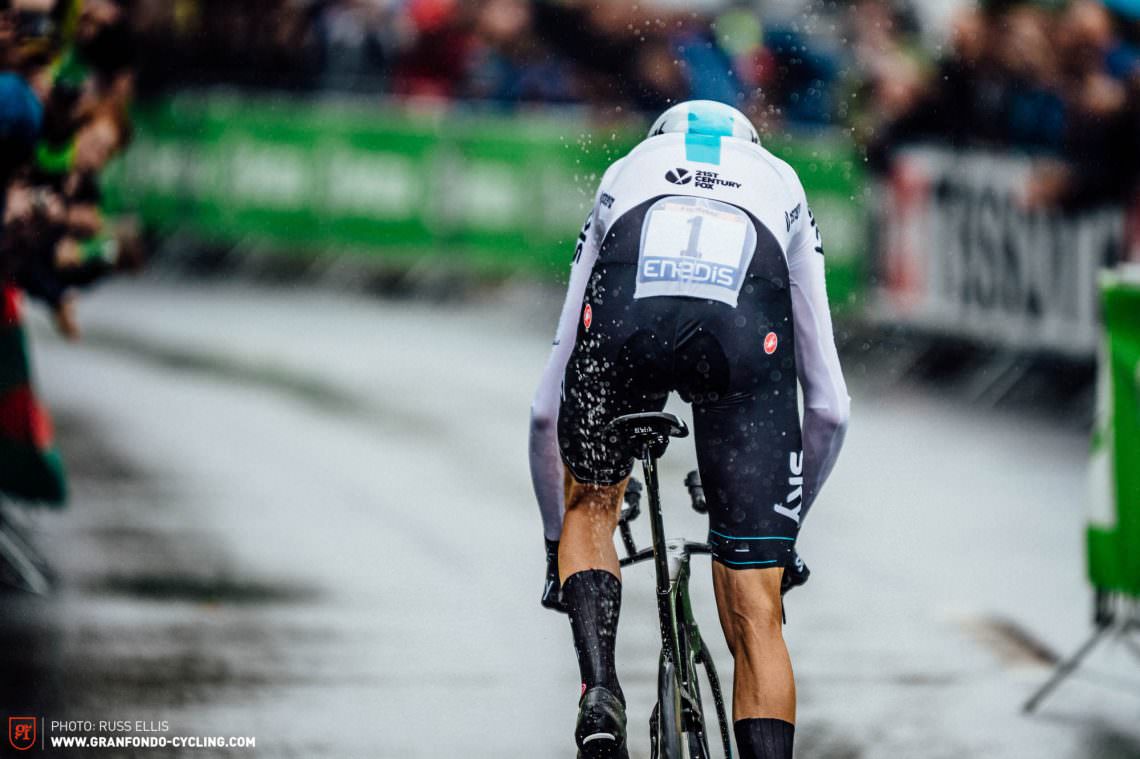
If you think that 1989 victory of Greg LeMond beating Laurent Fignon by 8 seconds is cutting it fine, the ludicrous time margins of a sprint finish are regularly unfathomable to the human eye. Take 2016, for example, when Tissot’s photofinish camera captured a mind-blowing 4-millisecond winning margin between two wheels.
That’s what you call tight. But try to explain the workings of a cycle race and team dynamics to the average non-cycling fan and you’ll be met with quizzical looks. It’s as complex as a mechanical watch and if any individual parts aren’t in full working order, time is lost.
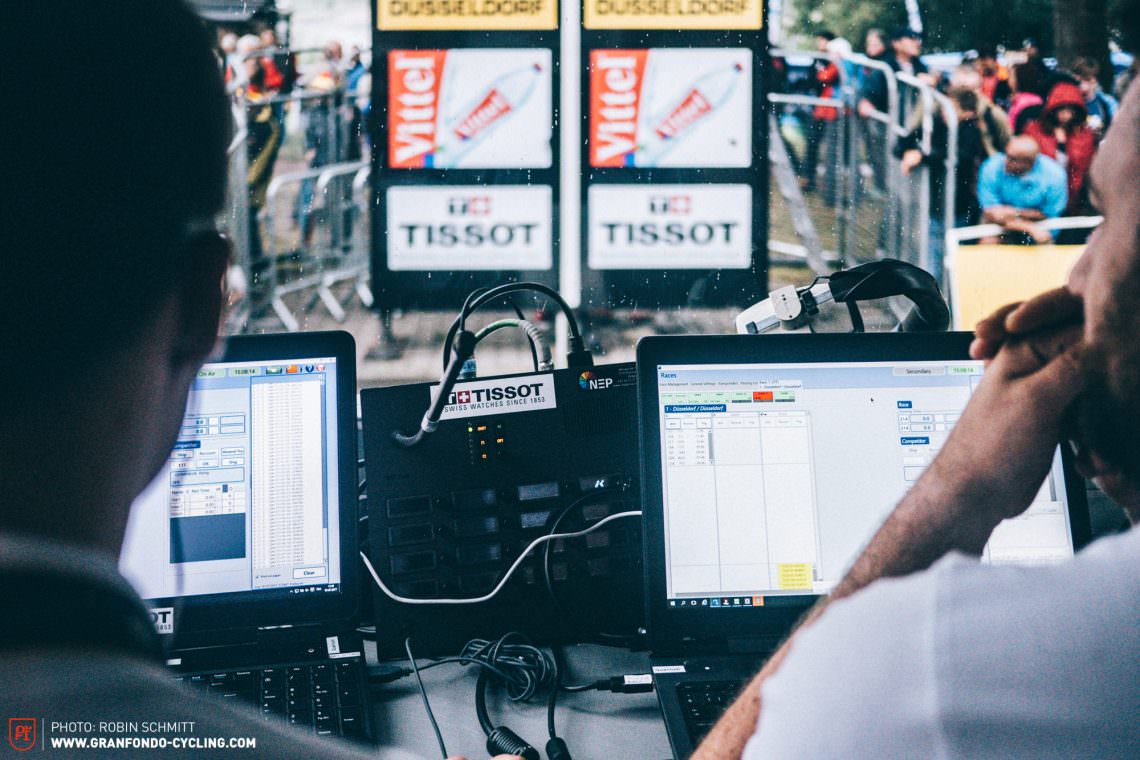
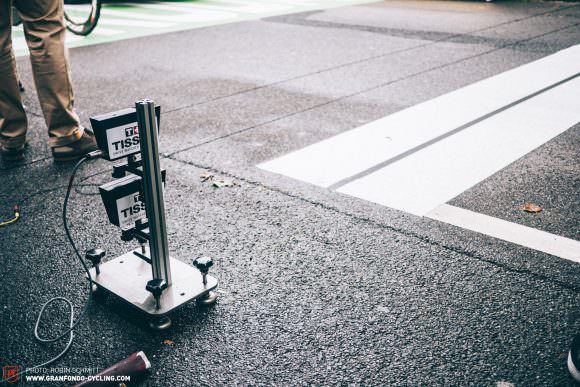

Defining time: what does a watch measure?
Tissot has been present in the world of sports timekeeping since 1938, from cycling and basketball to Moto GP. At the Tour de France we spent time with François Thiébaud, the president of Tissot, philosophizing about time and the meaning of partnerships, like the one they have with the Tour de France. Thiébaud’s passion for sports is instantly apparent. This isn’t just an act of marketing; it’s a partnership that Tissot values and thrives off: “You have this emotion whilst watching sport or being part of the event and we need to get this kind of emotion into our products,” he explains.
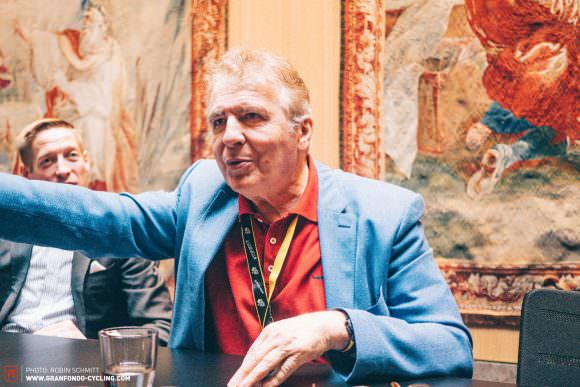

Thiébaud also touches on the topic of today’s society and our reliance on phones for timekeeping, although in his opinion this doesn’t create a memory. So often, he explains, we have a love-hate relationship with our phones, which isn’t the case with a watch: “A watch doesn’t just give the time, it gives a memory of time. And the memory of sport is important to link into the memory of time because sport is something we all need to do,” he continues. You always remember the first watch that was given to you or one that commemorates a special moment in time, just in the same way you can recall the emotions you felt when watching a particular sporting event.
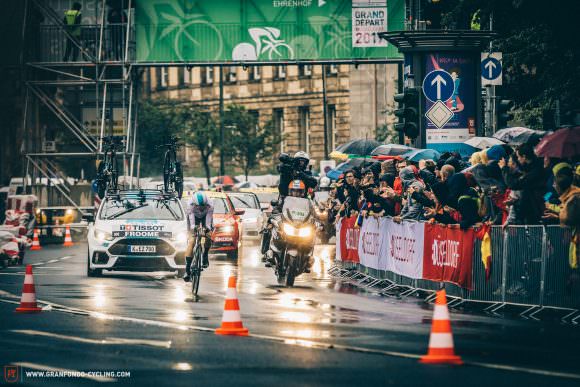
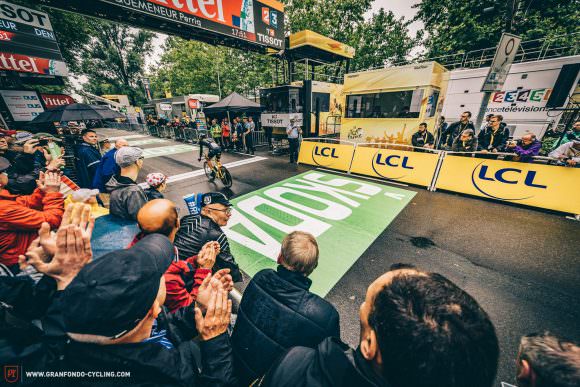
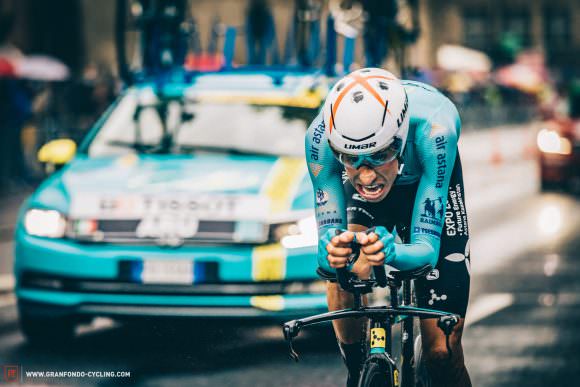
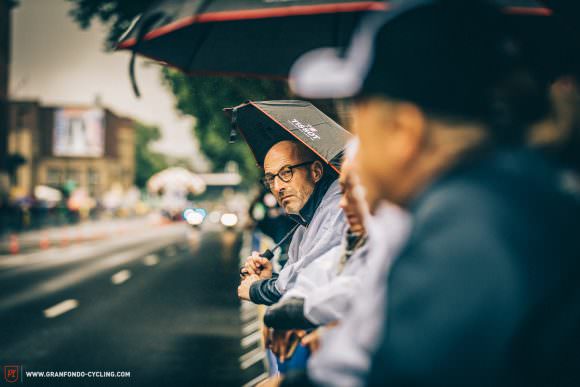
Tissot and the Tour is a partnership that is fully in alignment. For Tissot, it’s testament to the quality of their products; if you are competent enough to time the greatest bike race on Earth, then surely your products will live up to the same standard. Tissot just needs to ensure they get it right.
Measuring time: Software, high-speed cameras and a plan B
This is where Chief Race Director of Tissot, Pascual Rossier, seems happy to shoulder the pressure. Just moments before the first pedal stroke kicks Tissot’s timing system into action on day one, there’s a surprising joviality to Rossier’s mood as he talks us through the intricate timing systems at the finish line of the time trial course in Düsseldorf. Perhaps this is a type of confidence only mastered through diligent Swiss planning: “It’s a positive stress because all the people are watching,” Rossier chuckles.
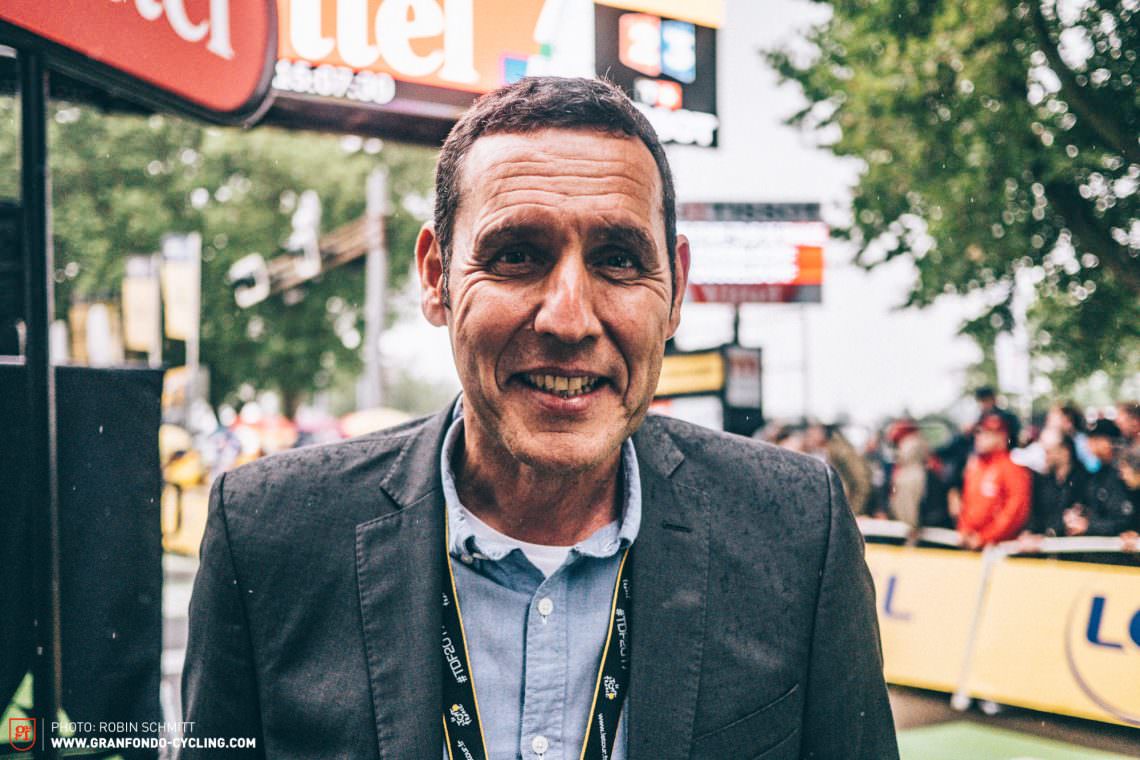
Of course, positive stress. With a plethora of on-screen graphics and 190 broadcasters transmitting this data across the world, along with team directeur sportifs using the numbers to instruct their riders to ease off or go full-gas, there’s an acute feeling of being excruciatingly exposed should problems arise. Yet Rossier is remarkably calm, almost immune to the potential risk of global humiliation. He reassures us; there are numerous backup systems to help avert disaster, a quick switch from plan A to plan B and these potential glitches can go undetected to the viewing eye. With seconds to go, Rossier ushers us out the timekeepers’ box, glancing at his watch and reminding us with an enthusiastic tone: “Time to go watch the race!”
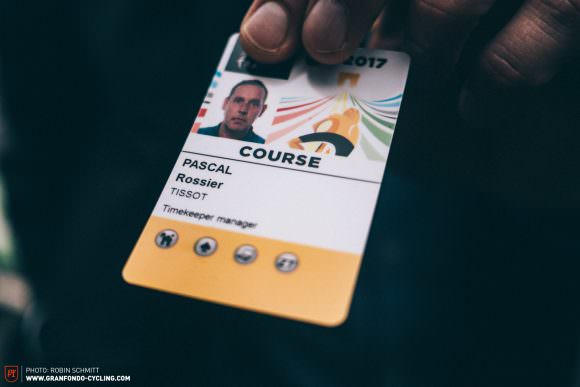
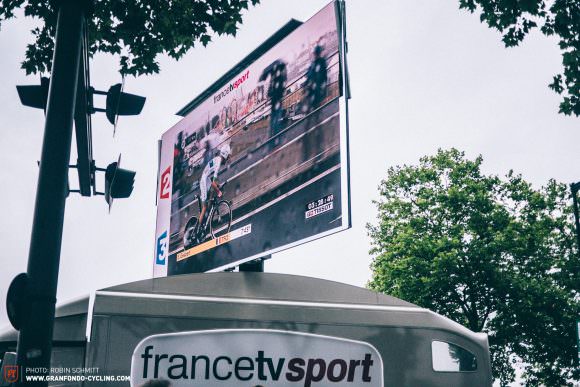
Chasing time: From the laboratory to the unpredictable streets of France
While today is the official start, Rossier’s planning has been going on for months, from simulating race stages in a lab in Switzerland to attempting to foresee and prevent any technical hitches. Of course, how very Swiss to make preparations for a bike race in a laboratory…Please tell me you’re also imagining Chris Froome, Richie Porte and Nairo Quintana in some sort of cycling version of a Hadron Collider of time and race data? No? Ok. But this tells us something more about bike racing–it’s complex, difficult, unpredictable and has the propensity to go horribly wrong in less than a second. Time can be on a rider’s side or not.
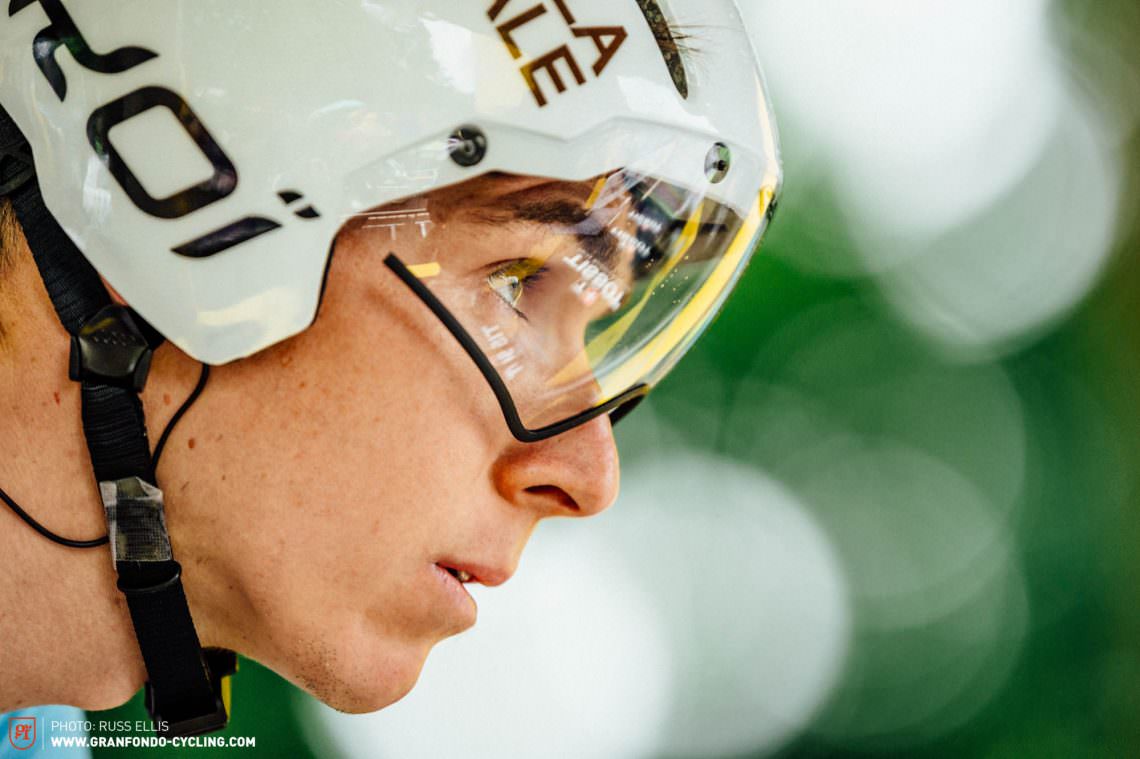
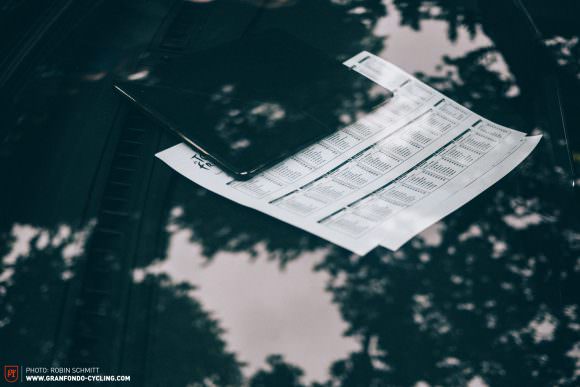

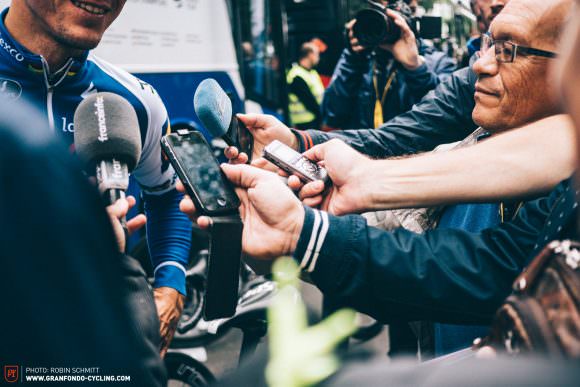
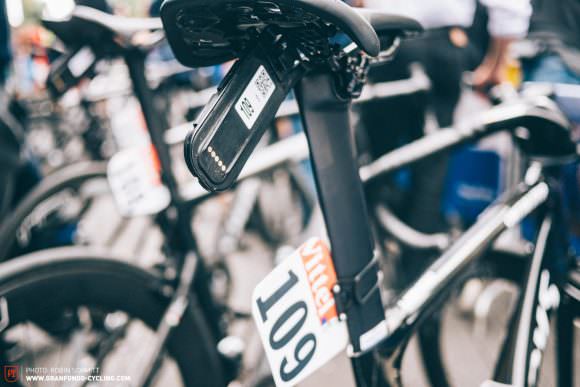
And this is why we love our sport; everything comes down to timing in a bike race, and it’s not just reflected by who dons a Yellow Jersey on their back. It’s three weeks based on a series of moments in time. The right moment to launch an attack off the front to form a breakaway, the right moment to muster every sinew in your body to be victorious in a sprint, the right moment to analyse the pain in your competitor’s face and know you’ve got it in you to reach a mountain top before they do. It’s 21 days welded together by a constant ticking. It’s that time of year we all come together and watch another three weeks of cycling’s most epic moments unfold and etch themselves into history’s clock. Luckily for ASO, it’s an ever reliable Swiss clock.
If you’ve already got the App, you’ll be able to download the new issue directly. If not, now’s your chance to grab our free App for iOS or Android. Android users: Please install the recent update from the PlayStore to view the latest issue in glorious HD resolution.
Did you enjoy this article? If so, we would be stoked if you decide to support us with a monthly contribution. By becoming a supporter of GRAN FONDO, you will help secure a sustainable future for high-quality cycling journalism. Click here to learn more.
Words: Photos: Lars Wehrmann, Russ Ellis & Robin Schmitt










